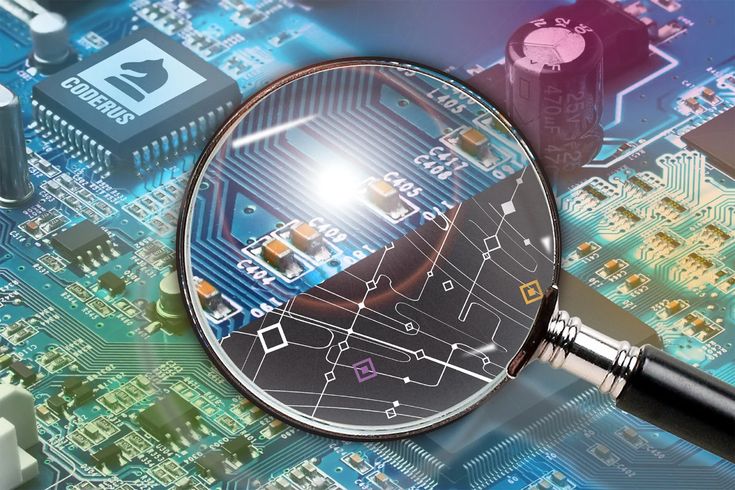Embedded systems are the backbone of modern technology — from smartphones and washing machines to medical devices and industrial robots. They are designed to perform dedicated functions efficiently and reliably. However, while embedded systems offer numerous advantages such as speed, compactness, and low power consumption, they also come with certain drawbacks. Understanding these disadvantages is crucial for engineers, businesses, and students exploring this field.
Let’s take a closer look at the major disadvantages of embedded systems.
1. Limited Flexibility
Embedded systems are built for specific tasks, which means they cannot be easily modified or upgraded once deployed. For example, a washing machine’s control system cannot be reprogrammed to handle new types of washing cycles without changing the hardware or firmware.
This lack of flexibility makes embedded systems less adaptable to evolving user needs or technological changes.
2. Difficult to Upgrade or Repair
Since embedded systems are often built into larger machines, upgrading or repairing them can be challenging. If a small component fails, the entire system may need replacement.
Moreover, manufacturers may stop providing software updates or spare parts after a few years, leaving devices outdated or non-functional.
3. High Development Costs
Designing and developing an embedded system requires specialized hardware, software, and expertise.
The process involves microcontroller programming, hardware design, and testing — all of which demand skilled engineers and advanced tools.
For small businesses or startups, these costs can be significant, especially if the system needs to meet strict reliability or safety standards.
4. Limited Memory and Processing Power
Unlike general-purpose computers, embedded systems have limited memory and processing capabilities. They are designed to perform a narrow set of functions efficiently, not handle multiple complex tasks.
This constraint can make it difficult to add new features, run intensive algorithms, or process large amounts of data.
5. Security Risks
Many embedded systems lack robust security features due to hardware limitations or cost constraints.
As a result, they can be vulnerable to hacking, malware, or unauthorized access — particularly in IoT (Internet of Things) devices that connect to networks.
A security breach in an embedded system can lead to serious consequences, from data theft to safety hazards.
6. Hard to Debug and Test
Debugging embedded systems is often more difficult than debugging standard software.
Because the hardware and software are tightly integrated, identifying and fixing errors requires special tools and in-depth technical knowledge.
Testing can also be time-consuming, especially when real-time performance and reliability are critical.
7. Shorter Product Lifespan
As technology advances rapidly, embedded systems can quickly become obsolete.
Once newer processors or communication standards appear, older systems may no longer be compatible or efficient.
This short lifecycle forces manufacturers to redesign and replace systems frequently, which can increase costs.
8. Dependency on the Manufacturer
Many embedded systems depend on proprietary hardware or software from specific vendors.
If the manufacturer discontinues support or goes out of business, users may face difficulties in obtaining updates, spare parts, or maintenance services.
Conclusion
While embedded systems are essential for modern life and offer exceptional performance for dedicated tasks, they do have clear limitations. Their rigidity, high development cost, limited upgrade options, and security challenges make them less ideal for applications that require flexibility and long-term scalability.

